Fiber Cement Boards
DESCRIPTION
- Since 1900s by Ludwig Hatscheck
- Produced by 43 Companies, 48% of Cement Board Producers.
- Consists of Cement, Water, Silica, Limestone flour and Fibers; recycled, synthetic and cellulose pulp.
- Alternate additives – Chemicals that produce coagulation
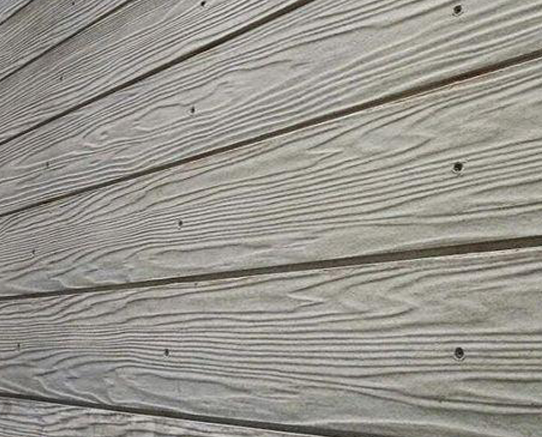
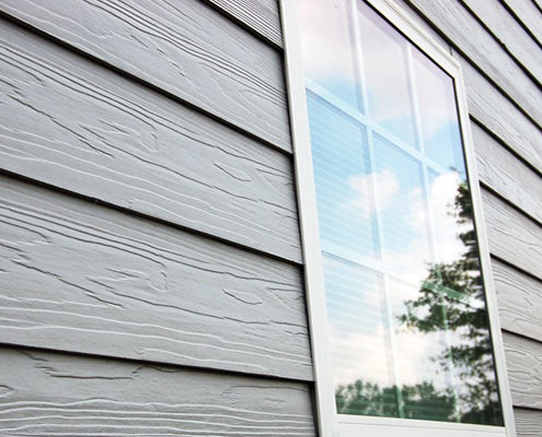

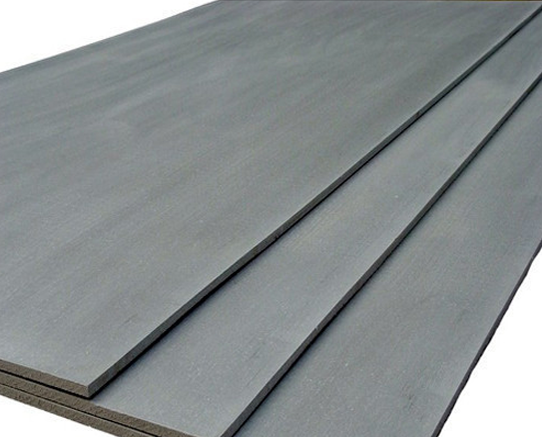
Properties
- Durable Impact resistant
- Resistant to Moisture Decay
- Can be printed, wall papered, painted, cut, carved
- Relatively easy to handle due to low weight
- Size : 1220 x 2440 mm
- Thickness : 4 – 18 MM
- Size : 1200 x 2400 mm
- Thickness : 4 – 18 MM
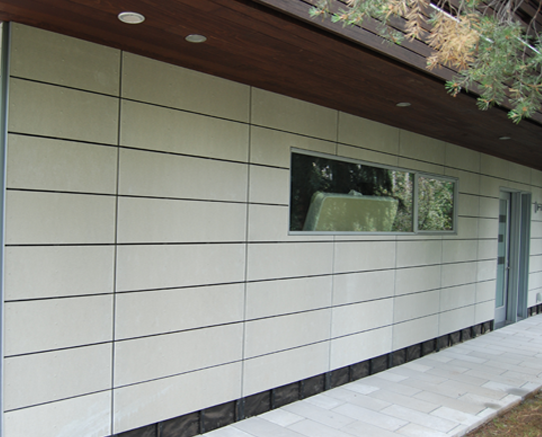
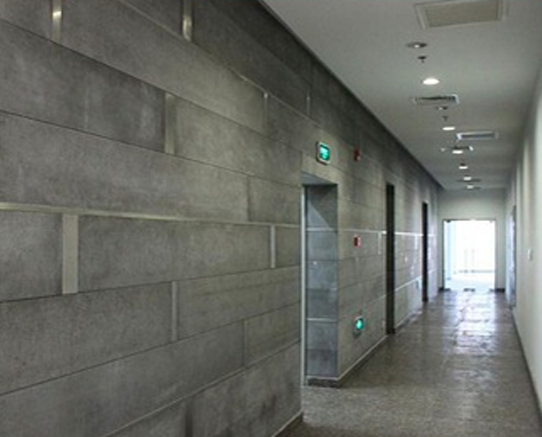

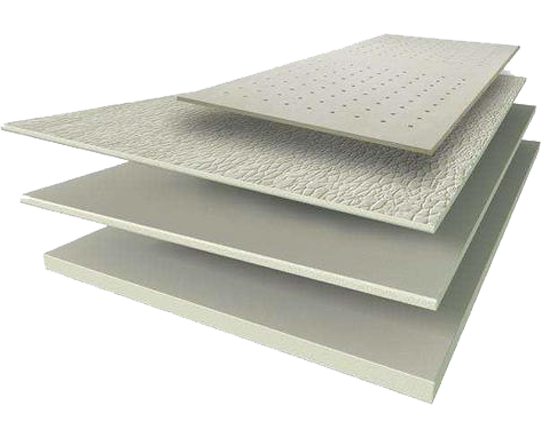
Applications
- Roofing, Shingles, Shales
- Exterior and Partition Walls
- Flooring, Tile backing
- Prefabricated houses
- Facade, Waterboard and backing.
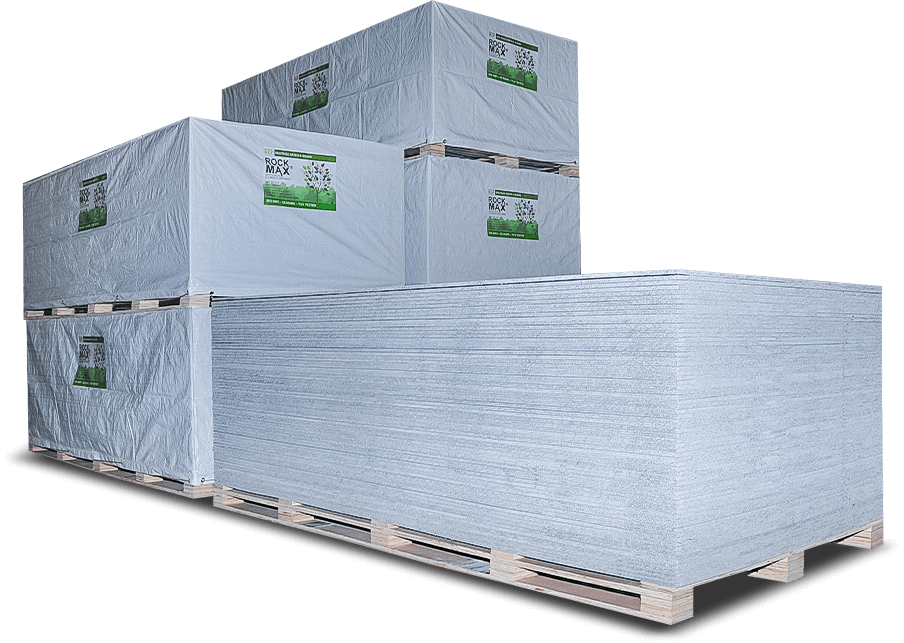
Advantages
- Savings in Cost, space, Time, Convenience
- Environment Friendly
- Highly Durable, Impact Resistant
- Resistant to Fire, Water, termites, Fungus, Weather
Disadvantages
- High Initial cost compared to Gypsum Board
- Heavier than Gypsum board, so expensive
- Awkward to handle and transport.